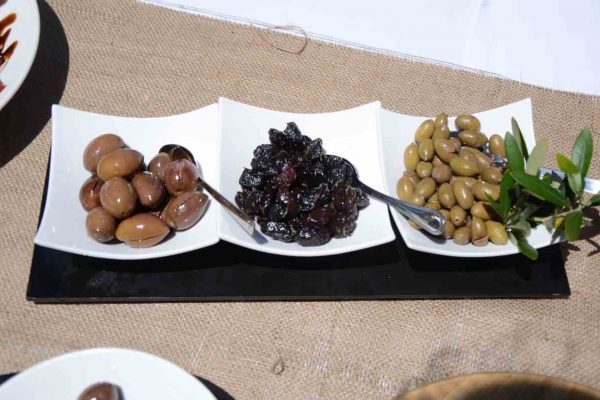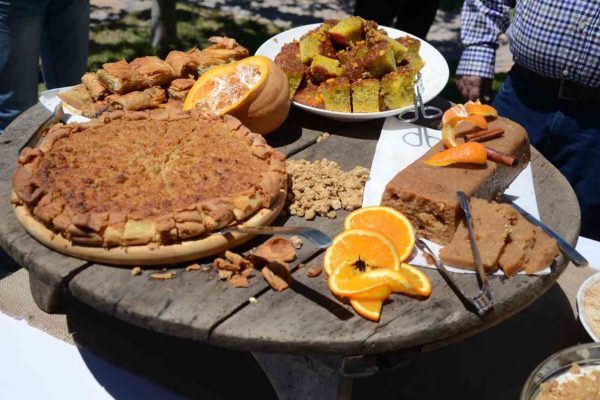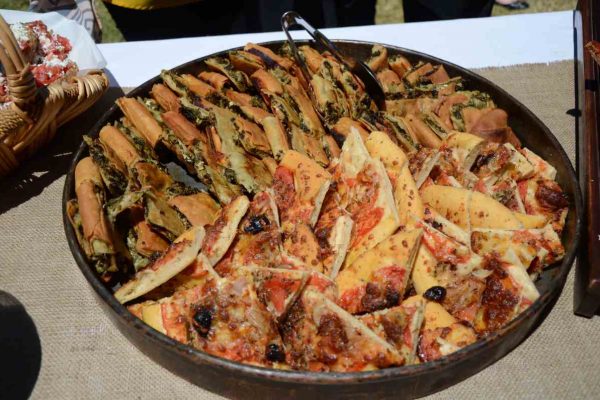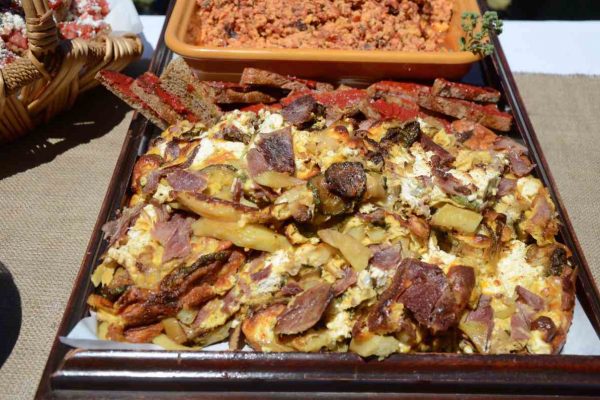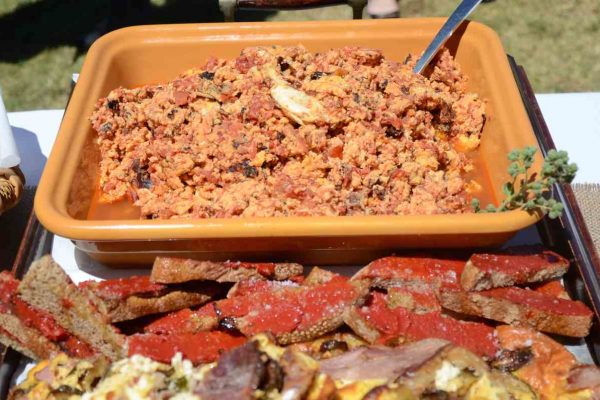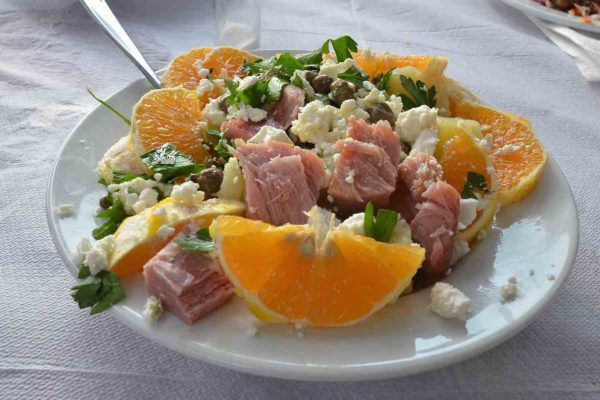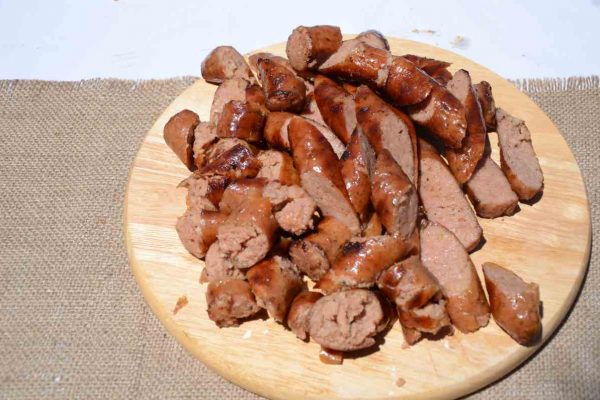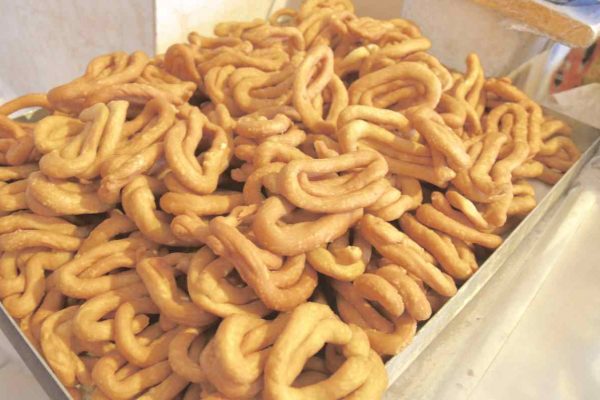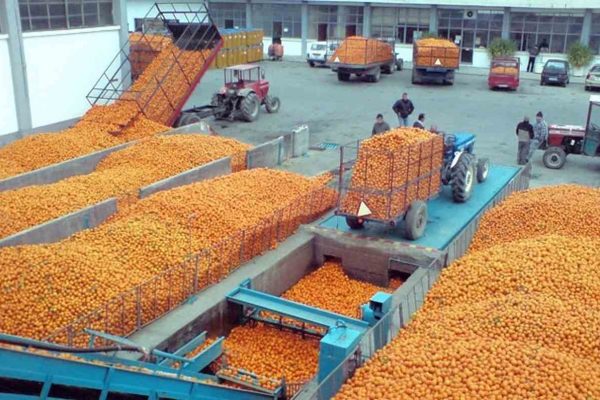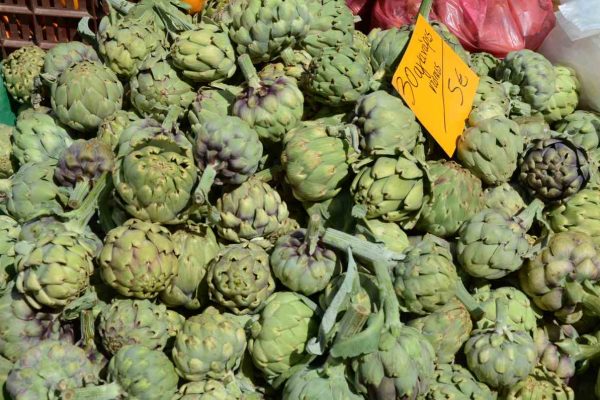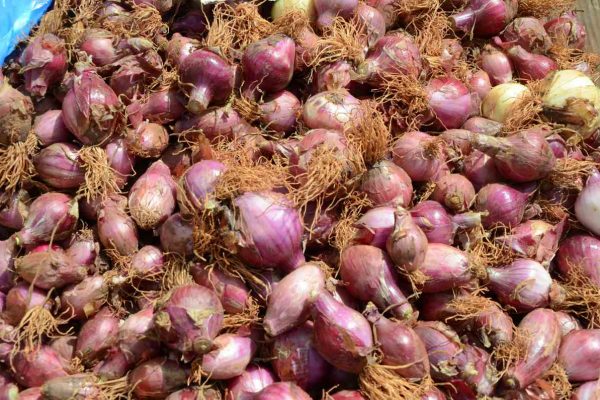Its geophysical configuration Laconia not much different from its counterpart Messinia. Two fertile valleys between two mountain ranges. If we find the main difference, it is that due to the Taygetos that is between them, the western rainy weather is prevented from reaching Laconia and so its climate is softer and more temperate.
For this reason πορτοκάλι dominates the olive grove in Laconia. Here is the largest orange grove in Greece - along with Argos and Arta. In the spring the plain is flooded with the aromas of the flowers, but also the orange floods all the delicacies of the area.
Boil them in orange juice sausages and the conch, oranges cool salads and oranges flavor sweets and pies. But citrus fruit produced in the plain of Evrotas are mandarins, lemons, grapefruits and of course the famous "Laconia" juices are produced and packaged in the wider area.
The place produces virgin and extra virgin olive oil (from the varieties Koroneiki, Athinolia, Koutsourelia), olives (crumpled, engraved, pastoli or thrombes, nerolies) and wines from varieties such as Mandilaria, Monemvasia, Roditis, Agiorgitiko, Kidonitsa, Mavroudi, Petroulianos, Malagouzia, Thrapsa etc. while since 2012 the Monemvasia Winery produces the Malvasia which has been designated PDO since 2010. Also produced vegetables, tomatoes, peppers, aubergines, Vatiki onion, oregano and mountain tea (from Parnon and Taygetos), chestnuts, walnuts, figs, honey, handmade pasta, pasta and dairy and yogurt.
At eating habits of Laconia It is worth noting the habit of making pasta and sausages with orange, drying in mountain villages wild grass for use in the summer, keeping the tomato in pulp and the production of pasta (trachana, sour and sweet, and noodles) that are various in all the villages and today in local remarkable handicrafts while the prickly pears of Mani become a wonderful jam, which you use plain or as a complement to sweets.
But a special feature of Laconia is quail hunting in Mani, which was done more to generate income. This divine gift that fell every year from Uranus in South Mani - and especially in Porte des Cailles (Porte des Cailles) which means port of quails - mobilized young and old who inexpensively, without weapons and gunpowder, but with large abstentions and a group coordination gathered hundreds at a time and sent them live to Europe (they exported from Gerolimenas based on data of 100.000 per year) while they ate little and picked them for their needs.
In terms of food, the following stand out:
You sprinkle
While for many areas of Greece "paspalas" is a way of preserving pork or other meats in pork fat, in Mani it was a porridge of wheat flour, oil and water, which gave a quick and easy solution to Maniatissa to satisfy the large family. of.
The paspalas in Mani It was served hot (like trachanas) and the Maniatisses made it in many variations such as the onion paste (with thin slices and fried onion), the skotpapalas (deep fried chopped livers), the pork chip quail).
Lupins
Lupins are a type of legume known since antiquity. After harvest in July, they are spread in the threshing floor to release the fruit from the bark. The skins of the fruits and the shoots go for food and the fruits (the lupins) are boiled in cauldrons by the sea. Then they put them in bags that remain in the sea water for 8-10 days, in order to clear. Food for animals but also for humans, lupins were eaten during periods of fasting. It was the "raisin" of Mani, while no one forgets that during the occupation people made bread from lupine flour.
Double
Sweet of joy in Mani and especially in the Mani wedding the story of the thousand-sung doubles is lost back in time, so far back that it is said that when eggs were hard to find in Mani, the housewives made their dough with plain water and flour.
Pie makers
Product of ultimate poverty pulled pies throughout Mani, made of flour, water and oil were the fastest and most delicious answer to every need. They were eaten with cheese, honey or petimezi.
Lalangia
The lilies They are a tradition in Mani and in Laconia in general, they are made from thin dough in the shape of a cord, in various strange shapes and they are fried in olive oil.
Bustoulas
A special dessert in the form of a pie with goat's and sheep's milk, oatmeal, trachana, thrombi, honey.
Macaroons of Monemvasia
The macaroons of Monemvasia are among the most famous in the country.
Gallop pie
A sweet known for a long time, made from a cream with eggs, milk, flour and a little butter - such as galaktoboureko - which is thrown into an oiled pan without a sheet and when cooked, sprinkled with icing sugar.


